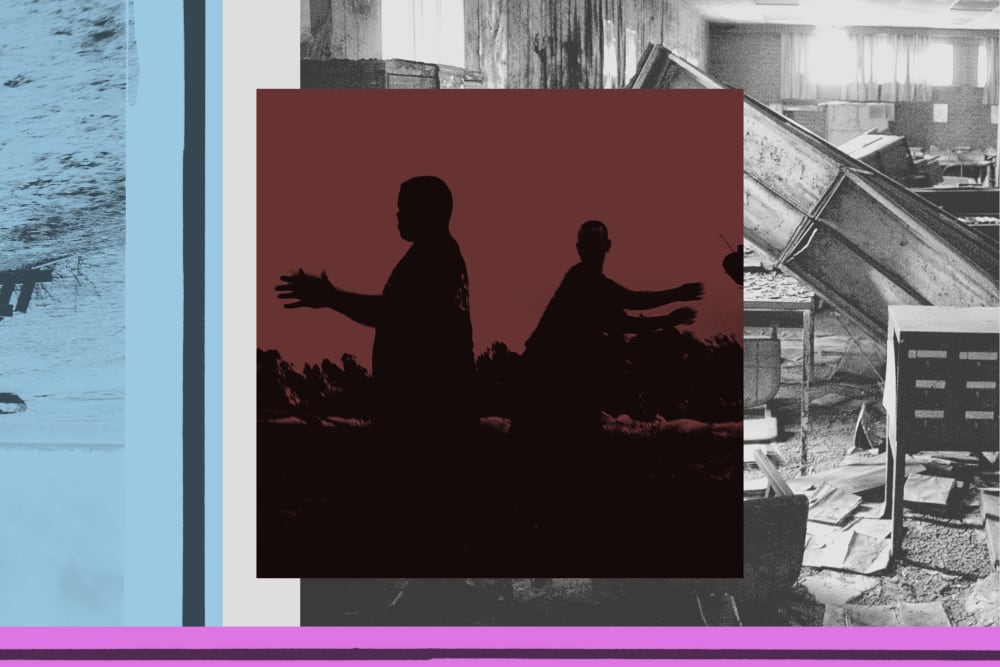Katrina made landfall on Monday, Aug. 29, 2005, as a Category 3 hurricane, bombarding New Orleans and overpowering the city’s levees. The flooding that followed submerged 80% of the city and drove thousands of residents from their homes, many to never return.
For years, Katrina was remembered as an indictment of the Bush administration not being sufficiently prepared to immediately respond to an American city in crisis. There is always something that can be done better. But although we learned many lessons from Katrina and the federal response, much of the criticism relies on misinformation.
One of the greatest myths is that the evacuation effort was feeble. The records show otherwise.
To this day, one of the greatest myths about the initial response to Katrina is that residents were not given adequate warning and the evacuation effort was feeble. The records show otherwise.
Ahead of the storm’s landfall, an impressive 80% of residents evacuated inland. Of the 20% who remained, the majority were low income, elderly, disabled, or all three. The same was true of the nearly 1,500 people who were killed when the levees broke.
The collapse of those levees, which the U.S. Army Corps of Engineers later acknowledged were not structurally sound, did what rain and wind could not: destroyed the entire response plan. Interstates and military installations flooded, while the airport lost power. The grid — water, comms and electricity — collapsed.
This is why, after the storm, so much emphasis was placed on designating and providing temporary housing. Because no one should be left to die just because they’ve already fallen on hard times. Yet even these plans, while well intentioned, became the subject of wild speculation and conspiracy theories about government overreach.

As for the warning afforded to New Orleans residents, the federal government provided the best possible storm tracking and advance warnings available at the time. On Friday afternoon, NOAA and National Weather Service forecasting showed the storm could hit New Orleans on Monday morning. That forecasting allowed the White House to make a pre-landfall declaration on Saturday. From there, state and local officials made the mandatory evacuation order. Regrettably, most of the Mississippi and Louisiana National Guard were deployed to Iraq.
What we saw after the storm — and in more recent storms like Harvey and Helene — is that state and local governments are quickly overwhelmed by large hurricanes. Federal assistance and coordination is not a luxury. It’s a necessity. This will become more apparent as global warming continues to heat the Gulf, making tropical storms more powerful, more frequent and hitting closer to home.
Much of that institutional knowledge has been lost and our best practices for disaster response destroyed
There were some things that were made better after Katrina. We worked to standardize emergency response practices across the federal government. We expanded the federal capacity for response, doubling the size of FEMA and designating temporary shelters in hurricane-prone areas. We also began updating our infrastructure, rebuilding levees to withstand storms made more powerful by a warming atmosphere and ocean. There’s a concern now, though, that those rebuilt levees won’t provide the necessary protection if another big storm hits.
Now, much of that institutional knowledge has been lost and our best practices for disaster response destroyed. A third of FEMA’s workforce has been slashed — thanks to President Donald Trump letting Elon Musk run a so-called Department of Government Efficiency. While we had misinformation in 2005, we now have its more malicious cousin, disinformation, too. And that disinformation is being used to siphon away resources that could be used to help Americans during disaster.












